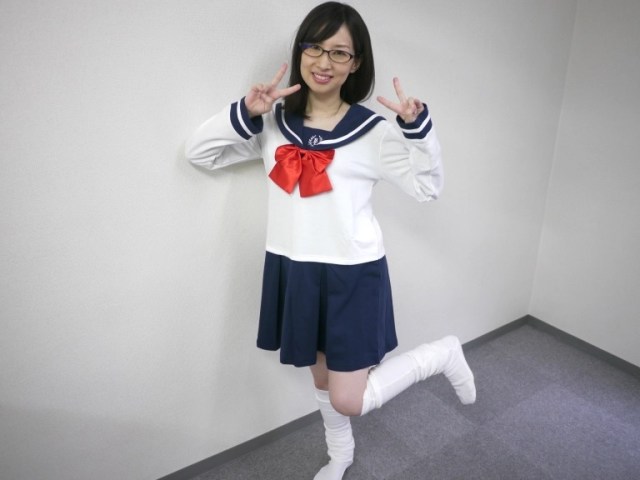The surprisingly deep differences of sailor suit school uniform collar styes – Kanto-eri and more

Schoolgirl uniform manufacturer diagrams four major variations.
The sailor-style school uniform has practically become a symbol of Japan itself, and part of the reason why is that the uniform is, well, more or less uniform. Female students at a countless number of schools in Japan wear a blouse with a wide sailor collar and ribbon tied below it.
However, while the students at any one school might all be wearing the same uniform, the design from one school to the next can have all sorts of subtle differences, as pointed out by Okayama Prefecture’s Akashi School Uniform Company. In a recent tweet from its official account, the company explained that there are all sorts of collar variations for schoolgirl uniforms, and that four of the most common are named after different parts of Japan.
セーラー服といっても様々な型があることをご存知でしょうか?
— 明石スクールユニフォームカンパニー (@akashi_suc) November 29, 2021
巷では関東襟・関西襟・名古屋襟などとも言われているようです。
とはいえ、関東だから浅め、名古屋だから深めという決まりがあるわけではなく…。
なぜ地域によって傾向が偏っているのか実は謎なのです#制服豆知識 pic.twitter.com/QvgNclt5v7
Starting with the bottom left illustration, the Kanto Collar (“Kanto-eri” in Japanese) takes its name from the Kanto, or East Japan, region, which includes Tokyo. The Kanto Collar’s distinguishing characteristics are that the sailor collar (colored blue in the picture) is slightly narrower than the wearer’s shoulders and has a rounded hem at its bottom. The collar itself is short and ends above the wearer’s bust, so there may or may not be a section of the blouse showing in the middle of the collar opening (when a portion of the blouse is present in this space, the designers refer to it as muneate, the same word used for for “breastplate” or “bib” in Japanese).
Moving to the top left example, the Sapporo Collar, named after the capital city of Hokkaido Prefecture, is similar to the Kanto, but wider, stretching to the end of the shoulders. It’s also shorter than the Kanto Collar, with the neck opening high enough that there’s no need for the blouse to extend above it.
Things start to look very different with the Kansai Collar, which refers to the part of Japan that includes Osaka, in the upper right drawing. With this style, the collar reaches the edge of the shoulders, but plunges down in straight lines that stretch down past the top of the wearer’s bust. Because of this, a muneate is a must.
And finally, the Nagoya Collar, at the bottom right, is in many ways an extreme version of the Kansai Collar. The collar reaches past the edge of the shoulders and is deeper than any of the other three styles, so there will always be a large section of blouse above the opening, and the ribbon is also likely to be smaller because of its lower placement.
▼ By these criteria, this sailor suit-style roomwear our reporter Meg is wearing has a Kanto collar.

Akashi School Uniform Company goes on to explain, though, that while these collar types are called Kanto, Kansai, Sapporo, and Nagoya, they’re not exclusive to, or universal in, those parts of Japan. The exact reason they came to be called by those names isn’t 100-percent clear, but the company speculates that those might simply have been the respective areas where the styles initially became common. Regardless of their linguistic origins, though, the company says they’ve now become part of the uniform industry jargon, and they’re just one example of how there’s more variety to Japanese school uniforms than there might seem to be at first glance.
Source: Twitter/@akashi_suc via Otakomu
Photos ©SoraNews24
● Want to hear about SoraNews24’s latest articles as soon as they’re published? Follow us on Facebook and Twitter!
Credit:

0 comments: